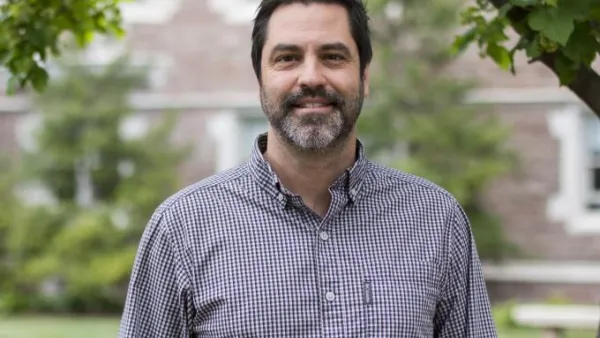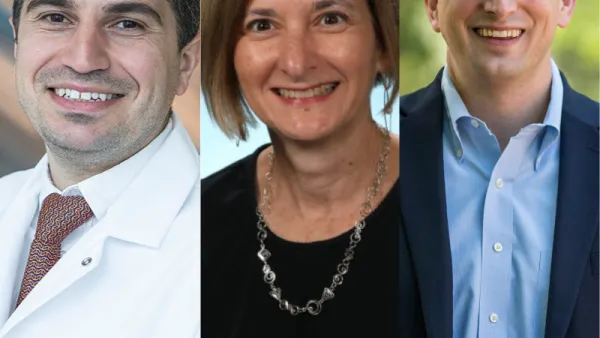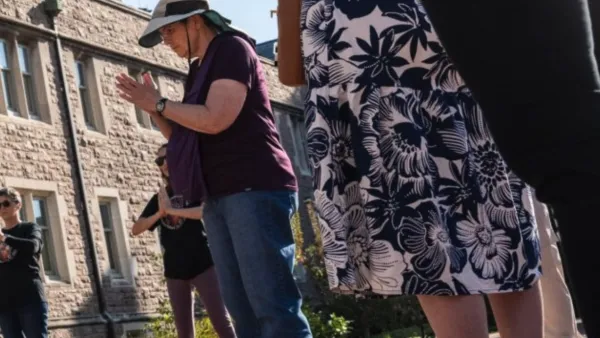Once medical implants enter the human body, they often become breeding grounds for bacterial infection. A transdisciplinary team of WashU scholars aims to shed light on the complex "biofilms" that form around these implants.
An Incubator for Transdisciplinary Futures-funded team has won a $427,625 grant from the National Institutes of Health to study novel ways to detect bacterial infections that form around medical implants. The group features principal investigator and associate professor of radiology Daniel Thorek, as well as co-investigators Deborah Veis (professor of medicine and pathology and immunology) and Timothy Wencewicz (associate professor of chemistry).
All three are members of Next Frontiers in Radio Chemistry, a group that harnesses cross-disciplinary knowledge to study and combat infectious diseases. For this project, they will focus their attention on biofilms that form on medical devices like catheters and joint replacements once they are implanted in the human body. Biofilms are communities of microorganisms that frequently coalesce around the artificial materials used in making medical implants. Biofilm environments serve as breeding grounds for harmful infections, and often make treatment much more difficult.
“Biofilms are widely understudied,” Thorek said. “While we know lots about the genomics and behavior and biochemistry of ‘free living’ bacteria, we know comparatively little about the composition, function, and features of biofilm.”
The NIH grant will fund the development of new molecules that will detect and bind to bacteria, differentiating them from nonharmful cells — even in the complex realms of biofilms.
“The beauty of our approach is in its simplicity,” Wencewicz said. “Antibiotics are used to treat bacterial infections, so we turned the antibiotic into the imaging agent.”
“Compared to previous attempts, we are using an approach that exploits at least two different features of the bacteria,” Veis said. “We think that this dual binding approach will concentrate our tracer to give a high sensitivity of detection.”
Veis says this grant would not have happened without the initial support of ITF, a signature initiative of the Arts & Sciences Strategic Plan. The Next Frontiers in Radio Chemistry group features leading scholars from both WashU’s Danforth and Medical campuses, giving it the intellectual firepower to study infectious diseases from multiple angles.
“This is a truly inter- and transdisciplinary collaboration involving chemistry, pathobiology, microbiology and molecular imaging,” Thorek said. “These are the kinds of collaborations that are so important but hard to build the runway for: identifying an unmet need and iterating towards a viable and effective solution. The funding of this application is a validation of our scientific approach and the underlying importance of the work, but more broadly of ITF for having the vision to help build these kinds of cross-domain and cross-campus links.”



